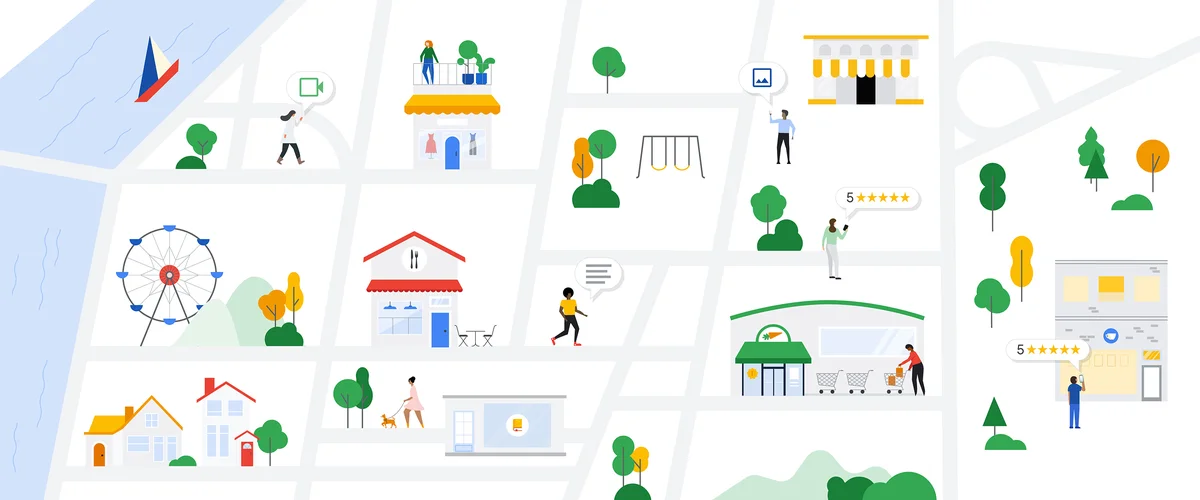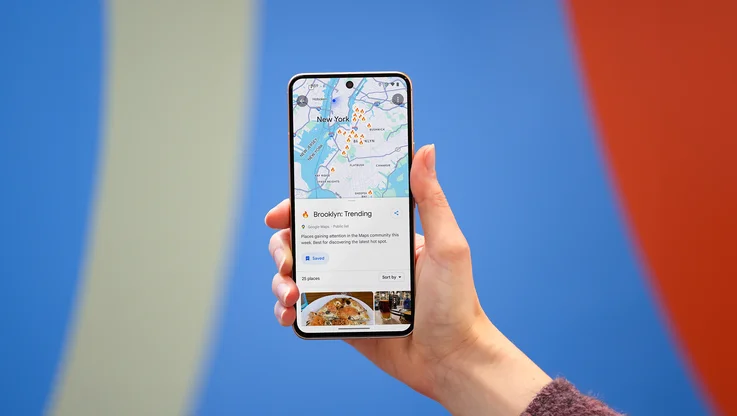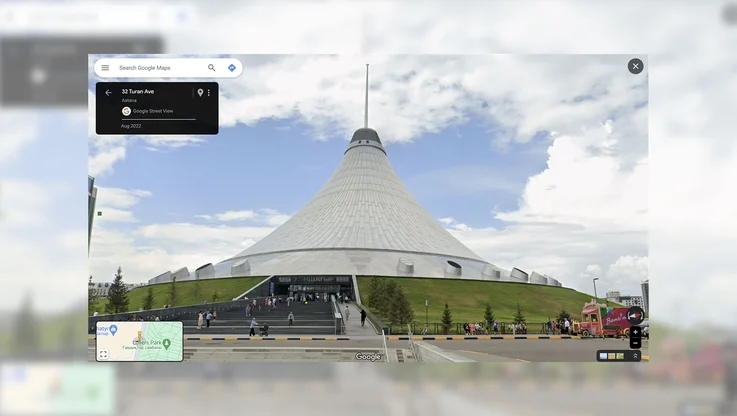New ways we tackle fake contributions on Google Maps

Over one billion people rely on Google Maps every month to navigate and explore the world. One of the ways we keep Maps helpful and current is with contributed content — things like videos, reviews and ratings — which can help you discover the best restaurant in town or even find a plumber. Contributed content can be incredibly helpful, but sometimes scammers post fraudulent content for monetary gain. Today, we'll dive into two new examples of how we’re using technology alongside our expert analysts to keep fake content off of Maps — often before it's ever published. We’ll also share the progress we made in 2022 to keep Maps safe for everyone.
How machine learning helps to minimize bad content
- Uncovering abuse patterns faster: We’ve long used machine intelligence to help us spot patterns of potential abuse, and we continue to evolve our technology. Last year, we launched a significant update to our machine learning models that helped us identify novel abuse trends many times faster than in previous years. For example, our automated systems detected a sudden uptick in Business Profiles with websites that ended in .design or .top — something that would be difficult to spot manually across millions of profiles. Our team of analysts quickly confirmed that these websites were fake — and we were able to remove them and disable the associated accounts quickly.
- Removing fraudulent imagery: In some places, scammers started overlaying inaccurate phone numbers on top of contributed photos, hoping to trick unsuspecting victims into calling the fraudster instead of the actual business. To combat this issue, we deployed a new machine learning model that could recognize numbers overlaid on contributed images by analyzing specific visual details and the layouts of photos. With this model, we successfully detected and blocked the vast majority of these fraudulent and policy-violating images before they were published.
Our progress in 2022
In 2022, new machine learning models paired with our advanced automated and manual techniques helped us remove more fake content. Here are a few other ways we combatted fake content throughout the year:
- We blocked or removed over 115 million policy-violating reviews, with the majority of them caught before they were ever seen. Thanks to our updated models, we took down over 20% more fake reviews than we did in 2021.
- Our techniques blocked or removed over 200 million photos and 7 million videos that were blurry, low quality, or violated our content policies.
- As bad actors continue to evolve their strategies, we stopped 20 million attempts to create fake Business Profiles, which is 8 million more than in 2021. We also put protections in place for more than 185,000 businesses after detecting suspicious activity and abuse attempts.
Additionally, we took legal action to fight malicious actors who violated our policies, and are sharing our best practices with government agencies to find lasting solutions for the whole industry.
- We filed a lawsuit that successfully took down a group of fraudsters who were impersonating Google through telemarketing calls and attempting to sell fake reviews online. This built on our previous legal action against internet scammers and malware operations.
- We are also sharing our insights with the FTC and government bodies around the world to tackle fake reviews and other deceptive endorsements industry-wide.
While we’ve made a lot of progress in this area, we know that scammers continue to evolve — and we will too. Our teams will continue working around the clock and investing in the latest technology to keep contributed content on Google Maps authentic, safe and reliable.






